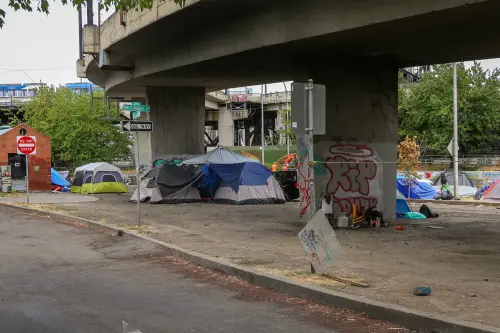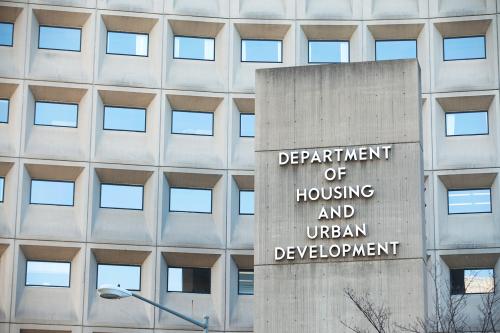Yesterday, a special U.S. Conference of Mayors task force released a report documenting growing income disparities in U.S. metro areas. The Cities of Opportunity Task Force is chaired by New York City Mayor Bill DeBlasio and Boston Mayor Marty Walsh, two of the most prominent mayors elected last fall on platforms to reduce inequities within their cities.
The analysis and the mayors’ response to it highlight the difficult situation these leaders face.
The statistics in the report, authored by IHS Global Insight, demonstrate that in most places, inequality is increasing. In about two-thirds of metro areas, average incomes grew faster (or shrank more slowly) than median incomes from 2005 to 2012, suggesting that more income has become concentrated among richer households.
It makes sense from an economic standpoint to look at metro areas, since they best approximate the regional labor markets driving these income dynamics. Yet it also highlights the mismatch between the purview of mayors, who run the administrative cities at the heart of those metro areas, and the bigger metropolitan—and indeed, global—economic forces with which they are trying to contend. For instance, Mayor DeBlasio has jurisdiction over New York City’s 8.3 million citizens, but they represent fewer than half of the New York metro area’s 19.8 million residents. Meanwhile, Mayor Walsh runs a city that is home to only one in seven residents of the Greater Boston area.
A report we released earlier this year found that big cities are actually experiencing faster-growing income disparities than their wider metro areas. That explains the political saliency of inequality in big cities today. But it may be a bridge too far for them to attack “inequality,” that is, the economic distance between low- and high-income residents. Inequality may be important context for social mobility, but national and state policymakers are much better positioned to address it directly.
None of this means mayors should sit on their hands, especially given increased gridlock in Washington and state capitals. Rather, they can focus on how to make their cities more effective engines for economic mobility. Higher local minimum wages and better worker benefits can be part of such a strategy, as can high-quality early education, two prongs of the task force agenda moving forward. Yet economic development policies—fostering good jobs and aligning training accordingly—and housing/land use decisions—preserving and expanding affordable and middle-class communities—are also important mobility levers that mayors shouldn’t overlook.
Meanwhile, big city mayors should reach out and work with their wider metropolitan counterparts on issues that affect mobility. Washington, D.C. recently did this with its Maryland suburbs on minimum wage increases. Seattle has worked with King County to preserve public transportation.
The mayors deserve credit for keeping a critical economic issue on the political front burner. But they should be sure to pick the right target for their efforts, one where they can achieve meaningful progress toward making their places true cities of opportunity.



Commentary
Mayors Take Aim at Inequality, but is That the Right Target?
August 12, 2014